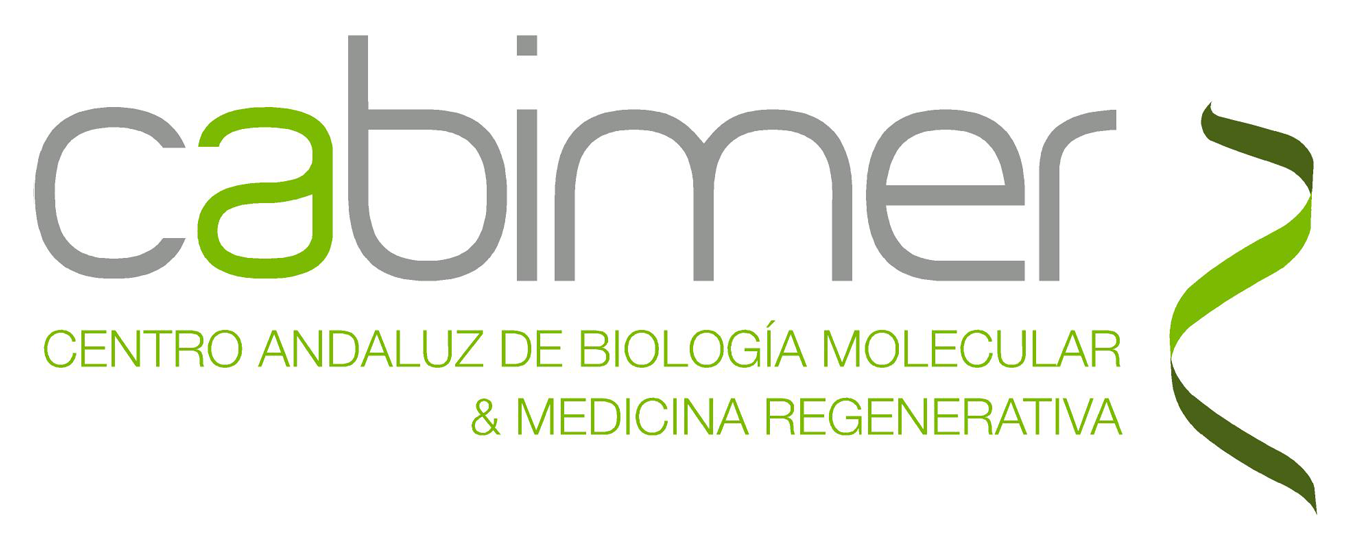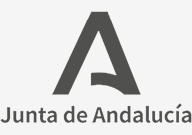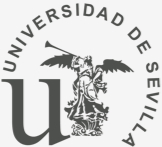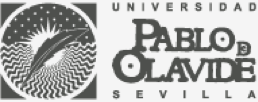Research Activity
Any live cell is capable of multiplying, although this basic capacity is adapted to the needs and properties inherent in the constituting organism. This is how cells group and structure in multicellular organisms and particularly so in vertebrates, forming the different tissues and organs. This organisation requires cells to specialise very precisely in order to correctly carry out the function required. Proliferation capacity is reduced in specialised cells, leading to what is generically known somatic cells. Thus, firstly during embryonic development and later in the adult organism, A multicellular organism must be able to create and regenerate naturally all cells necessary for correct organism functioning. This capacity is localised in human beings in a special type of cell characterised by its unlimited self-renewal capacity (capacity to divide and produce cells identical to original) and by maintenance of differentiation potential towards any cell type. These are collectively termed ‘Stem Cells’. Embryonic Stem Cells are endowed with both self-renewal and differentiation capabilities. The study of the molecular mechanisms underlying such processes are instrumental for designing strategies to direct differentiation towards given cell types in regenerative medicine.
Nitric oxide (NO) is a gas messenger which inside the cell participates in a multitude of biological processes, such as the regulation of the expression of certain genes involved in cell death, the differentiation of precursor cells to muscle heart cells and regulation of self-renewal. Our group aims at deciphering the molecular targets of this messenger in stem cells. The use of this knowledge for biotechnological purposes in the field of regenerative medicine will be tested as well. Studies carried out on these cells by our group show that low concentrations of nitric oxide are capable of preserving human ESC pluripotency, thus being revealed as an efficient tool for controlling the spontaneous differentiator process occurring during their ‘in vitro’ culture.
NO also plays an important role in the start-up of a variety of survival responses against environmental aggressions in many cell types. This gaseous molecule is produced in small quantities in cells via the action of two NO synthase versions (abbreviated as NOS1 and NOS3). Our group has been working on this research line for the last 5 years, finding the production of this gas efficiently protects pancreatic beta cells from death. This protective action depends on the activation of tyrosine kinase Src and protein kinase G (1,2). Moreover, NO triggers activation of other relevant proteins such as Akt, PI3K and ERK 1/2.
NO is produced when extracellular factors like insulin and IGF-1 (growth factor similar to insulin-1) act on insulin producing cells. We have recently characterised intracellular signalling involved in protective actions of these factors in the pancreatic beta cell. We have found that NO production and attendant activation of PI3K and Akt are essential for cell survival. However, the protective effect is cancelled by blockade of Src by gene manipulation (3). Pancreatic beta cells die when cultured in the absence of bovine fetal serum. This effect coincides with an important drop in the amount of NOS3 and NO production. Interestingly, the death process is cancelled by addition of insulin, IGF-1, or DETA/NO to the culture medium (4). IRS proteins also participate in this protective signalling and their activation by phosphorylation depends partly on activation of Src and NO production (4). NOS1 and NOS3 are activated during the protective response. We have recently described that this signalling cascade is also operative in the human beta cell (3). Our research targets to design molecular strategies for efficient beta cell protection. These strategies might be instrumental for designing novel approaches such as improvement of survival of remaining pancreatic beta cell mass in diabetic patients, increase of the viability of islet cells during isolation and culture prior to transplantation and control of the spontaneous differentiation during in vitro differentiation procedures to generate surrogate insulin producing cells from precursor stem cells.








